Why Acceptance of Failure is Critical to Startup Success
Both Sides of the Table
JULY 6, 2016
This came to mind a couple of years ago when I had the chance to sit down with the president of South Korea and she asked a small gathering of 19 tech & business leaders for opinions about how to make the Korean economy more “creative.” Could big business accept its own creative destruction?




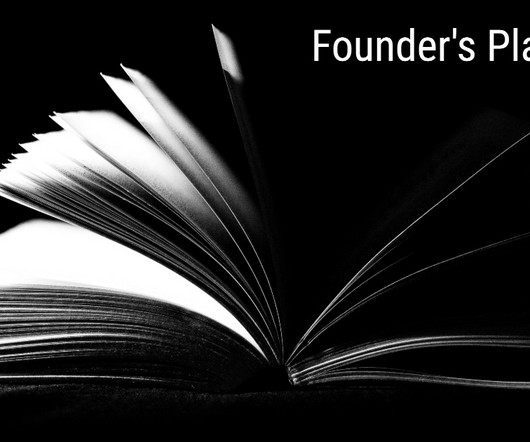
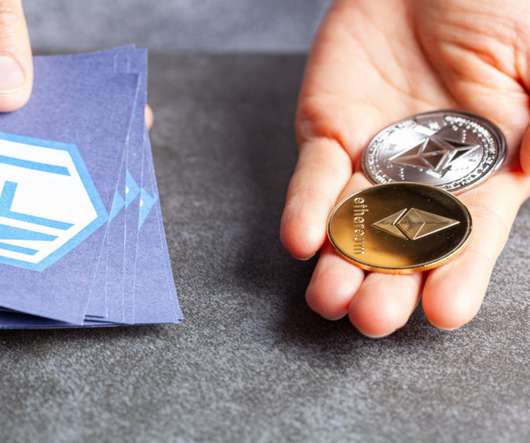





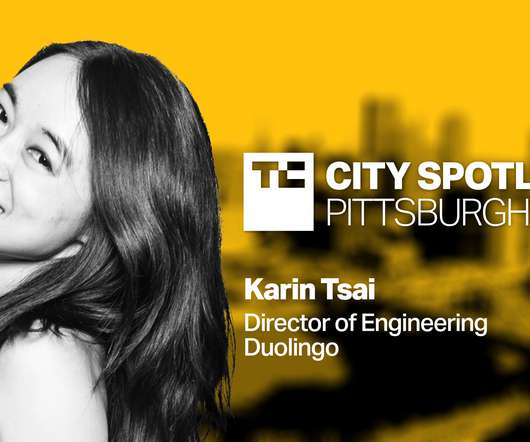
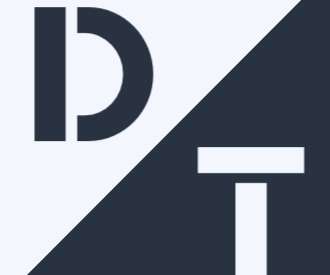
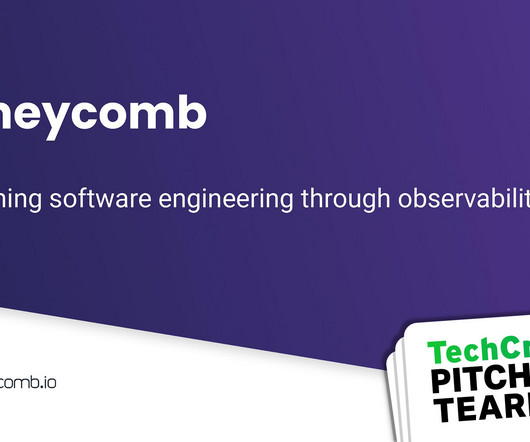




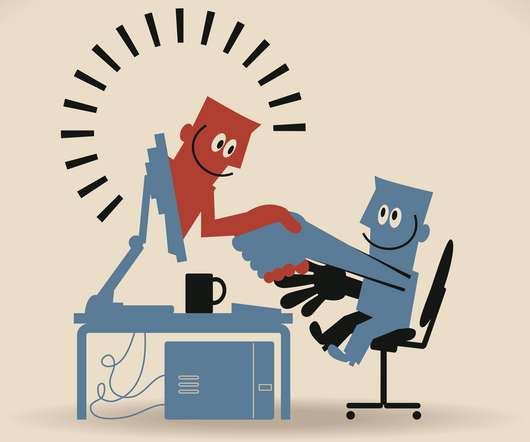

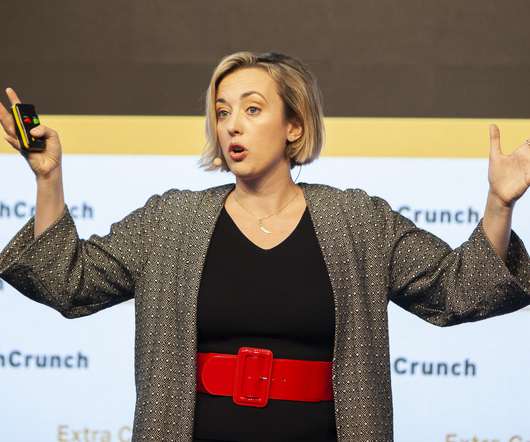









Let's personalize your content